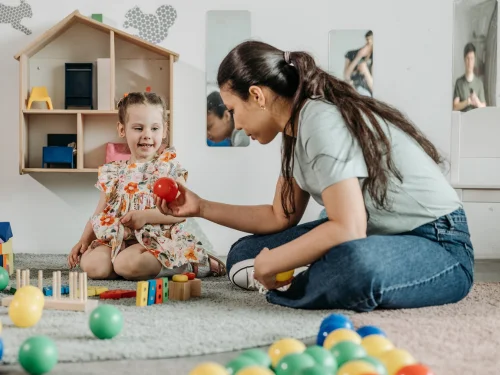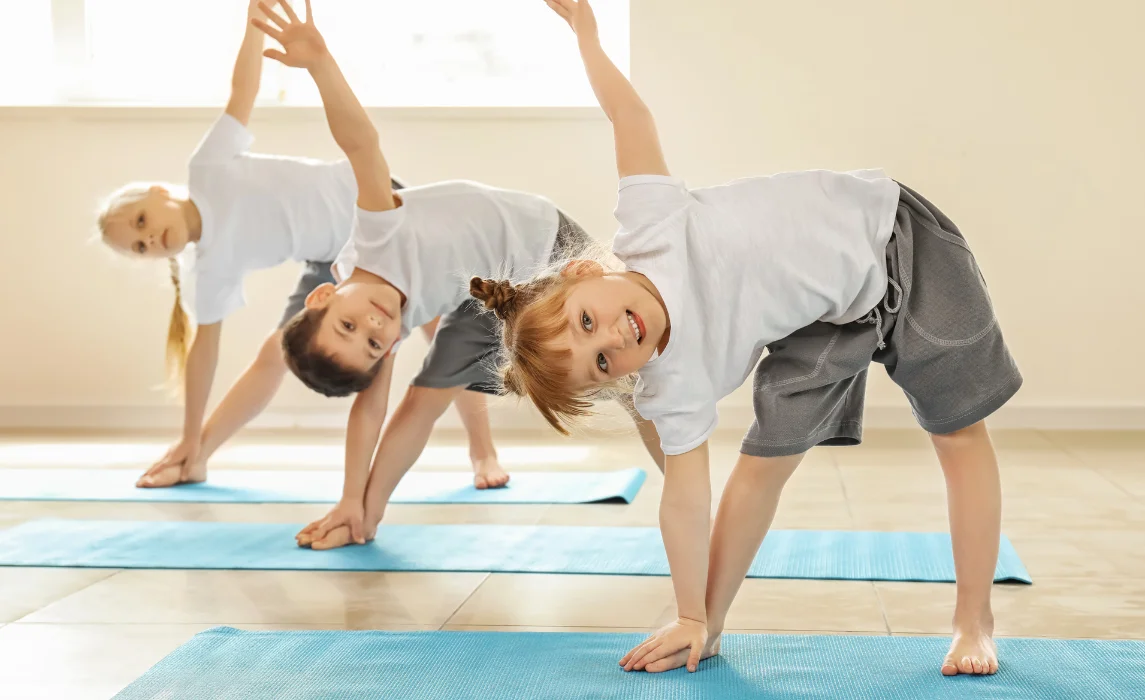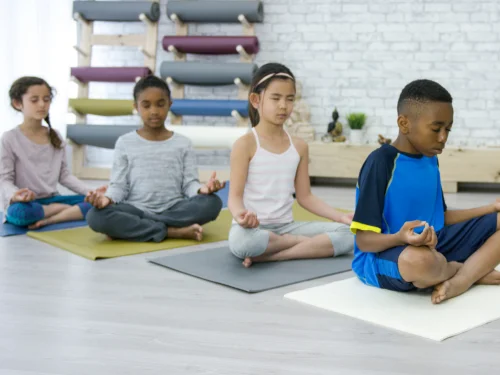20 Indoor Physical and Dexterity Challenges for Kids: Fun, Movement, and Skill-Building All Year Round

Yes—finger plays, clapping games, and dance routines that use hand gestures all help. Combine rhythm and repetition for deeper learning.
Send home simple activity ideas, kits, or worksheets. Offer short instructions and encourage family involvement. Regular practice builds lasting progress.
Try origami, sticker scenes, stringing pasta, or painting with Q-tips. Crafts that use small pieces build precision and control.
Whether it’s rainy, sweltering, or just too late in the day for outdoor play, being indoors doesn’t mean energy has to stay bottled up. In fact, your home can become the perfect training ground for building strength, coordination, balance, and fine motor skills—with a good dose of laughter, too! Indoor physical and dexterity challenges aren’t just boredom busters—they’re mini workouts for growing bodies and minds.
Here’s a guide to fun, screen-free ways to keep kids active indoors—designed to promote movement, imagination, and developmental growth.
Why Indoor Physical Challenges Matter
Physical activity is vital for children’s health, motor skill development, and emotional well-being. Indoor challenges help kids:
- Improve balance, coordination, and spatial awareness
- Build muscle strength and endurance
- Strengthen hand-eye coordination and fine motor control
- Foster creative thinking and teamwork
- Support self-regulation and focus
And the best part? These activities use simple household items, so you don’t need fancy equipment to get started.
Physical Play That Gets the Wiggles Out

1. Balloon Volleyball
A classic energy release. Use hands, elbows, or paper plate paddles to keep a balloon in the air. Add a “net” with a string or couch cushions to level it up.
2. Animal Walk Races
Gallop like a horse, hop like a frog, or slither like a snake. These silly movements build core strength, coordination, and bilateral integration.
3. Obstacle Courses
Tape lines for balance beams, cushions for hurdles, chairs for crawling under. Add jumping jacks, spins, or animal walks between each station.
4. Freeze Dance with Yoga Poses
Dance like crazy, then freeze into a pose (tree, warrior, or downward dog) when the music stops. Builds rhythm and balance while sneaking in mindfulness.
5. Floor Is Lava
Scatter pillows, rugs, or yoga mats around the room. No touching the floor! Add challenges like hopping, balancing an item, or reaching a target.
6. Wheelbarrow Walks and Crab Races
Team up for wheelbarrow walks (one holds the child’s legs while they walk on their hands), or challenge siblings to a crab-walk race across the room.
7. Relay Races
Hop in a pillowcase, balance a beanbag on your head, or speed-crawl to tag your teammate. Relay races improve coordination, reaction time, and teamwork.
Dexterity Boosters (That Just Feel Like Fun)
.webp)
8. Beanbag Darts
Use painter’s tape to make a target on the floor. Toss beanbags, rolled socks, or soft toys and score points. Practice aim, grip strength, and control.
9. Juggling with Scarves or Socks
Start with one scarf and add more as skill improves. This gentle-paced challenge improves timing, bilateral hand use, and focus.
10. Paper Plate Skating
Place a paper plate under each foot and glide around on a smooth surface. It’s like indoor ice skating—great for leg strength and coordination.
11. Tightrope Walk (Balance Beam)
Lay out tape lines or pool noodles on the floor and have kids walk forward, backward, or heel-to-toe. Try it while balancing an object for added challenge.
12. Simon Says with a Twist
Add physical challenges like “Simon says jump on one leg,” “touch your knees with your elbows,” or “crab walk to the couch.” Excellent for listening, following directions, and motor planning.
13. Build and Smash
Stack plastic cups, paper blocks, or cardboard towers and knock them over with beanbags or balls. Enhances visual-motor coordination and upper limb strength.
14. Tabletop Toy Wash
Set up a water bin with washable toys. Squeeze sponges, scrub tiny surfaces, and rinse off with a cup. This play encourages hand strength and sensory exploration.
You May Also Like: What Is Sensory Overload? Understanding, Recognizing, and Managing Overstimulation
Creative Movement and Imaginative Play
.webp)
15. Indoor Camping & Crawling Forts
Build a tent or fort using blankets and furniture. Add flashlights and books, and turn crawling under or through into part of the adventure.
16. Mirror Mirror Movement Game
One child leads, the other mirrors their movement. Great for motor imitation, timing, and body awareness.
17. Remote Control Freeze Game
Pretend the child is a “TV” and switch between channels like “ninja,” “robot,” or “sloth.” Add a “pause” button for self-regulation practice.
18. Marching Band Parade
March through the house with homemade instruments—pots, spoons, plastic containers. Try rhythm patterns or freeze mid-beat.
19. Alphabet or Name Exercises
Create or print cards with an action for each letter. Example: “B = Balance on one foot.” Spell their name or favorite animal and act it out.
20. Lego Amazing Race
At each station, build a small model, then perform a movement to unlock the next. Combines problem-solving with physical effort.
You May Also Like: 8 Powerful Benefits of Writing: Why Putting Pen to Paper Still Matters—Especially for Kids
Wrapping It Up
.webp)
Indoor physical and dexterity challenges are more than just a way to burn energy—they’re fun tools for supporting kids’ motor skills, creativity, and confidence. Whether you’re dancing through the living room, crab walking under chairs, or balancing beanbags on your head, the goal is simple: keep moving, keep smiling, and keep learning.
So the next time your kids are bouncing off the walls, don’t just calm the chaos—channel it into creative movement they’ll love.
You May Also Like: 5 Major Benefits of Hand-Eye Coordination: Why This Skill Matters More Than You Think




